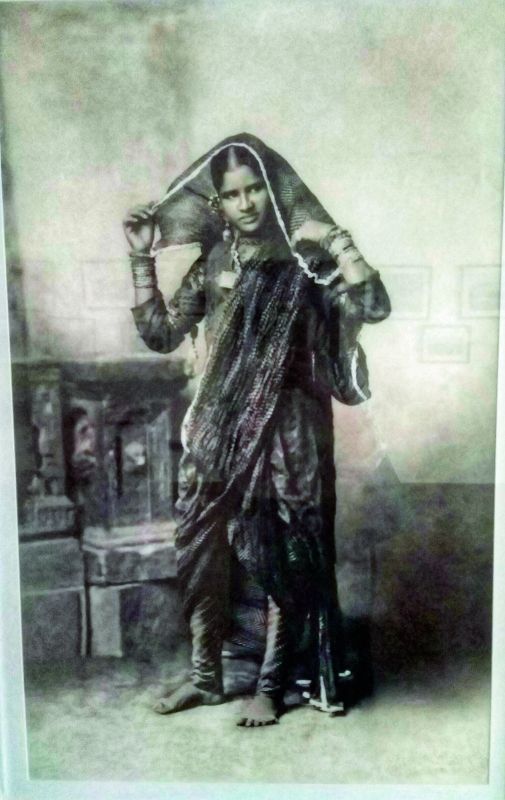From the canvas to the shutter

People from the royal families across the globe have led intriguing lives that we as commoners have only been able to imagine because of manuscripts, paintings and photographs. But one art form that always managed to depict the grandeur of the royals are the portraits.
From enormous, life size paintings to miniature delicate ones, portraits were representations of power and pride. It was the advent of the camera that eventually changed the way portraits were viewed. The Guruswamy Centre in the city is currently exhibiting an array of portraits and photographs of the royal family of the Raja Deen Dayal Singh of Secunderabad.
 One of the portraits exhibited at the Guruswamy Centre.
One of the portraits exhibited at the Guruswamy Centre.
Speaking to Mohan Guruswamy, it is evident that the arrival of the camera in 1835 changed the portrait landscape of the royals. Guruswamy narrates the tale of how Raja Deen Dayal had commissioned the famous painter Raja Ravi Verma for his portraits, but Verma’s acumen mainly favoured religious paintings. “Even though Raja Ravi Verma stayed in Secunderabad for a while, he could not strike a chord with Raja Deen Dayal. But as the portraits evolved from paintings to photographs, one of the obvious changes that one can notice is that the photographs were in black and white. Many royals had their photographs hand-painted after the photograph was taken, which was an extremely cumbersome process. But in terms of visual aesthetics, one could notice how the painted portraits of the royals always had a stance of pride and elegance, with their chins up. Their postures were always warrior-like and aggressive. And I think this was the kind of artistic liberty that the painters took, while painting portraits of kings and knights. Whereas the camera and the photographs often failed to capture that grandeur.”
Historian and art enthusiast, Dr Safiullah explains, “When it comes to Muslim rulers, the first thing one needs to understand is that portraits were always considered un-Islamic. Any form of painting of a living creature man or animal was considered against the religion. Which is why eventually photographs too were often a matter of contention with Hyderabad’s Muslim royals. But yes, definitely, in comparison with paintings, the latter always gave, both the artist and the subject, a sense of creative liberty that photographs failed to.” Curator and archivist Deepthi Sasidharan, in one of her recent talks about the women of royal families, had also extensively explained how the visual aesthetic of portraits evolved as the medium changed. “The photographic portraits of royal women portray a sense of absolute discomfort. And the reasons could be multiple. The royal women from the then Indian subcontinent were not accustomed to sit on Victorian design chairs, and therefore photographic portraits clicked in studios or even in the royal households that forced them to sit on chairs shows the awkwardness.”

